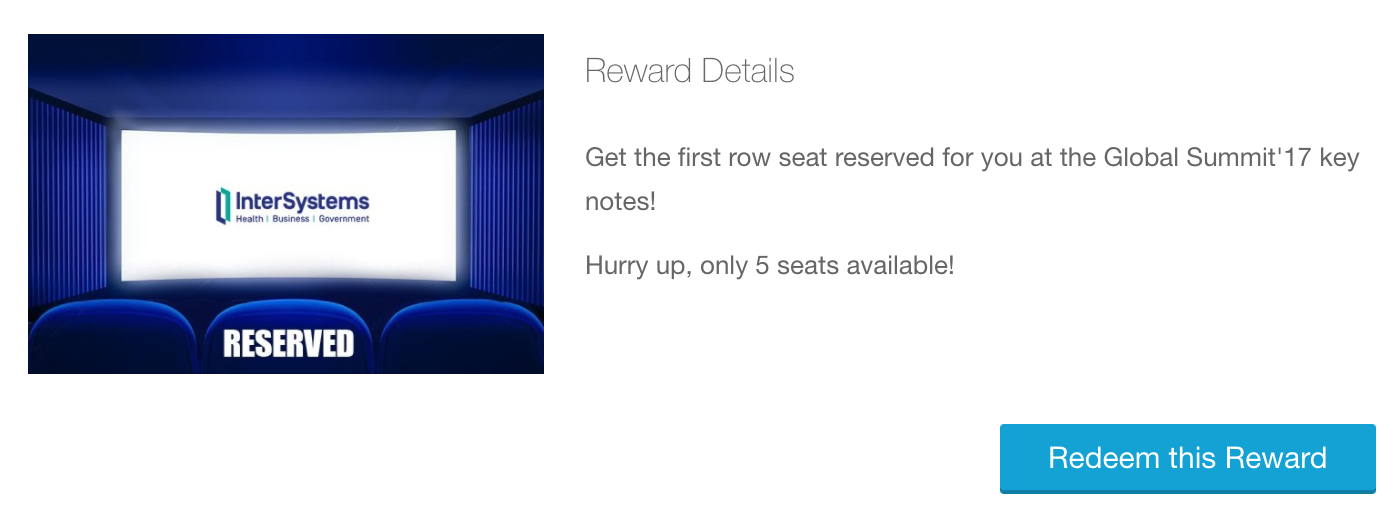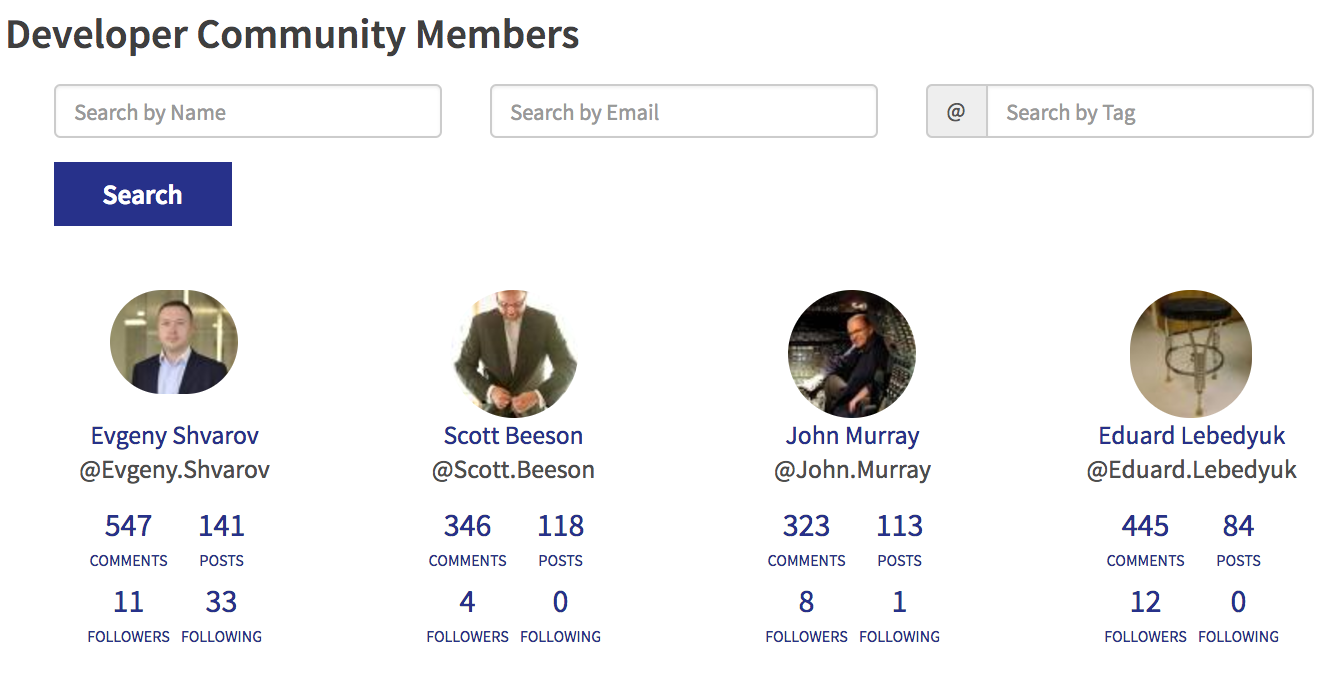Project related quality assurance efforts have revealed a number of concerns for the current release of 2017.1.0 and 2017.1.1 on all OpenVMS platforms. In certain situations, the impact can be severe.
InterSystems Developer Community is a community of
25,508 amazing developers
We're a place where InterSystems IRIS programmers learn and share, stay up-to-date, grow together and have fun!





